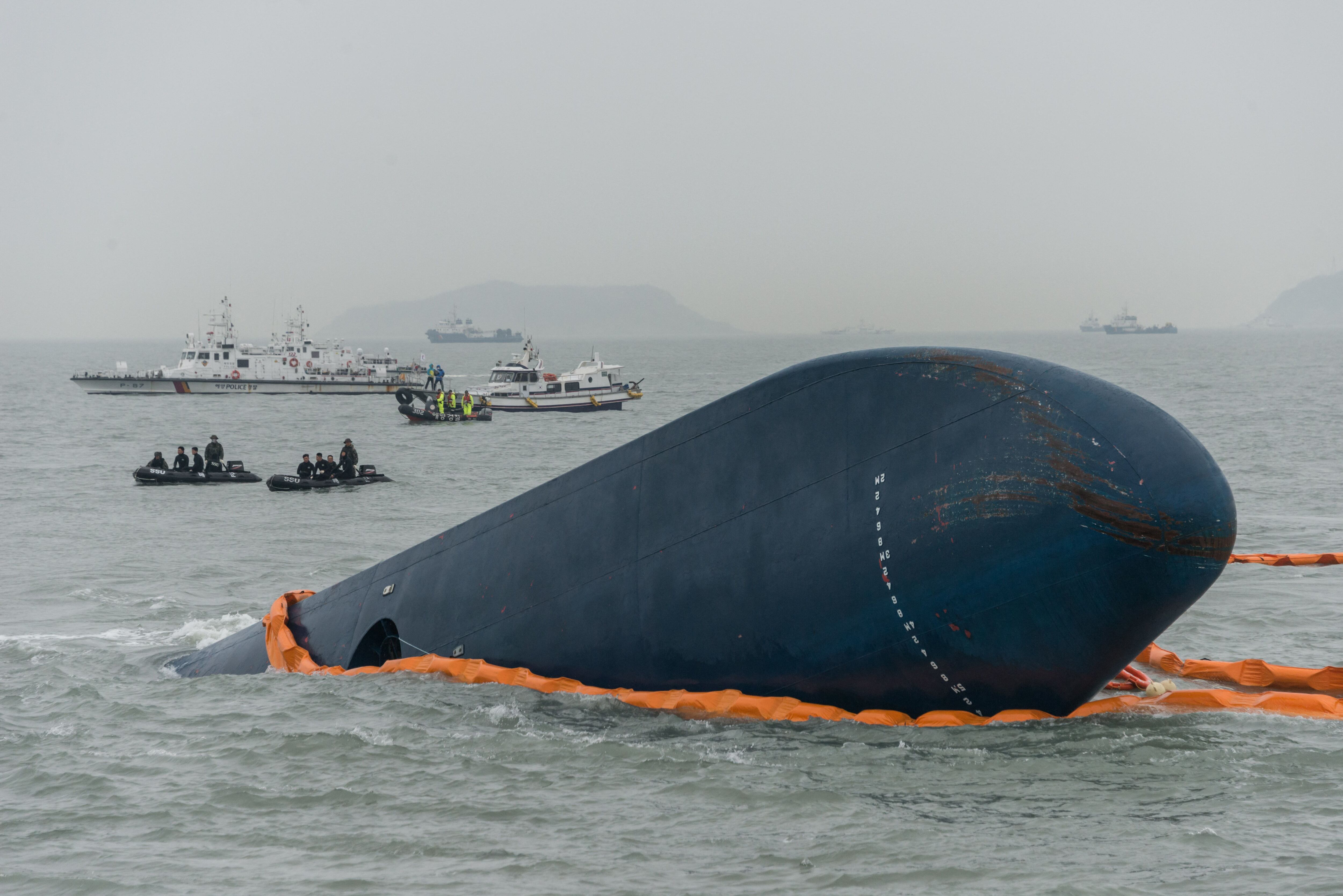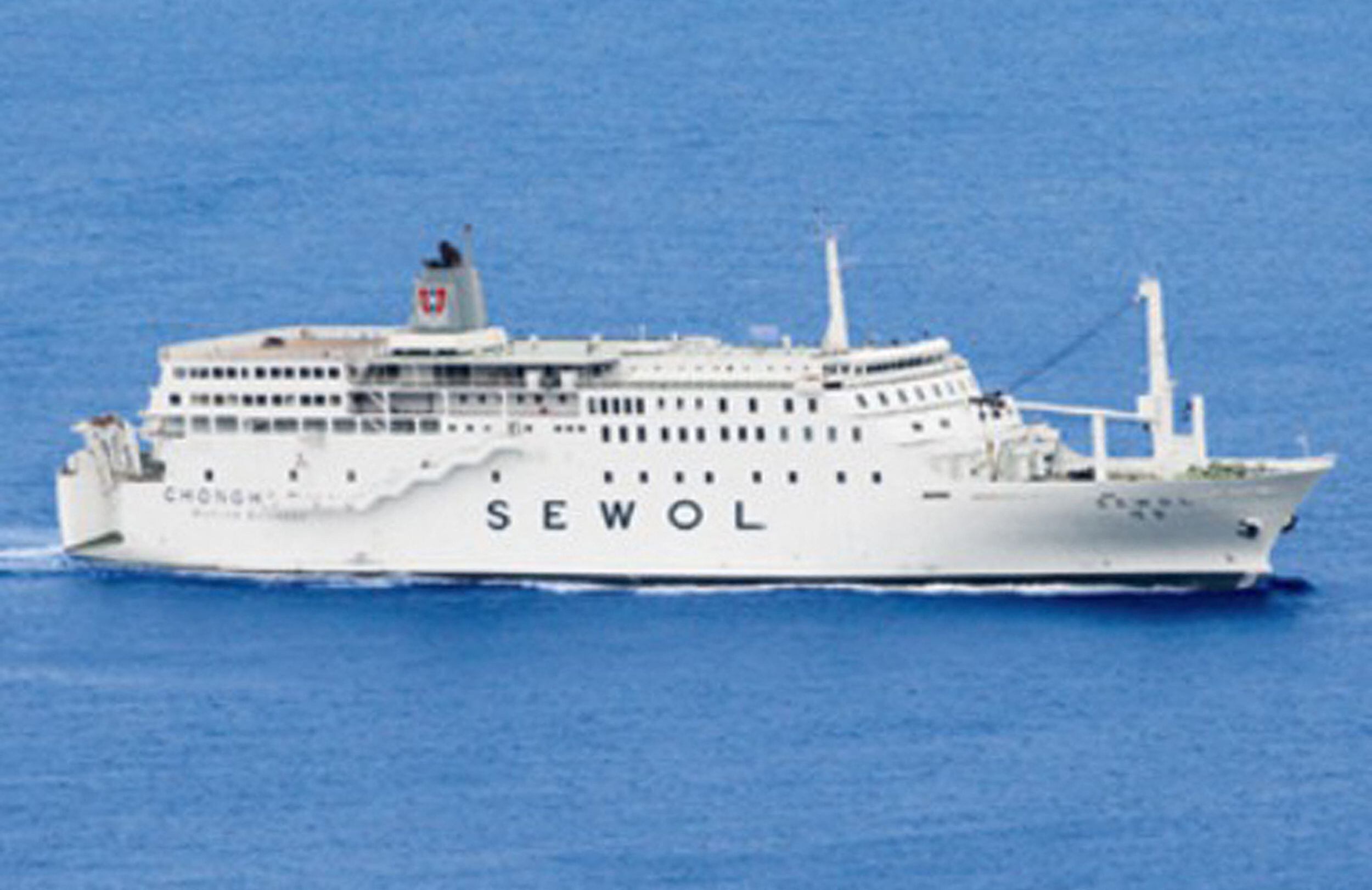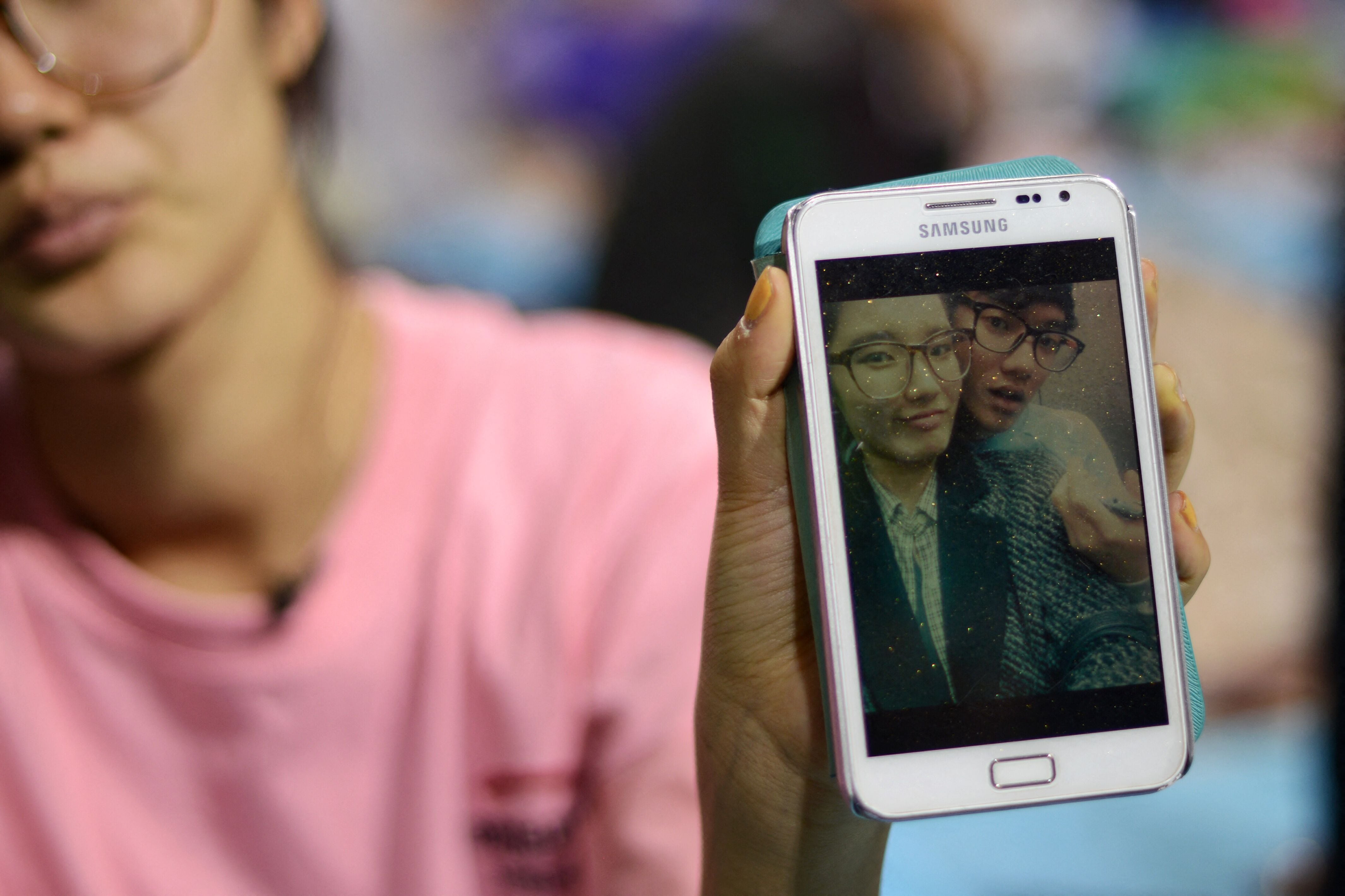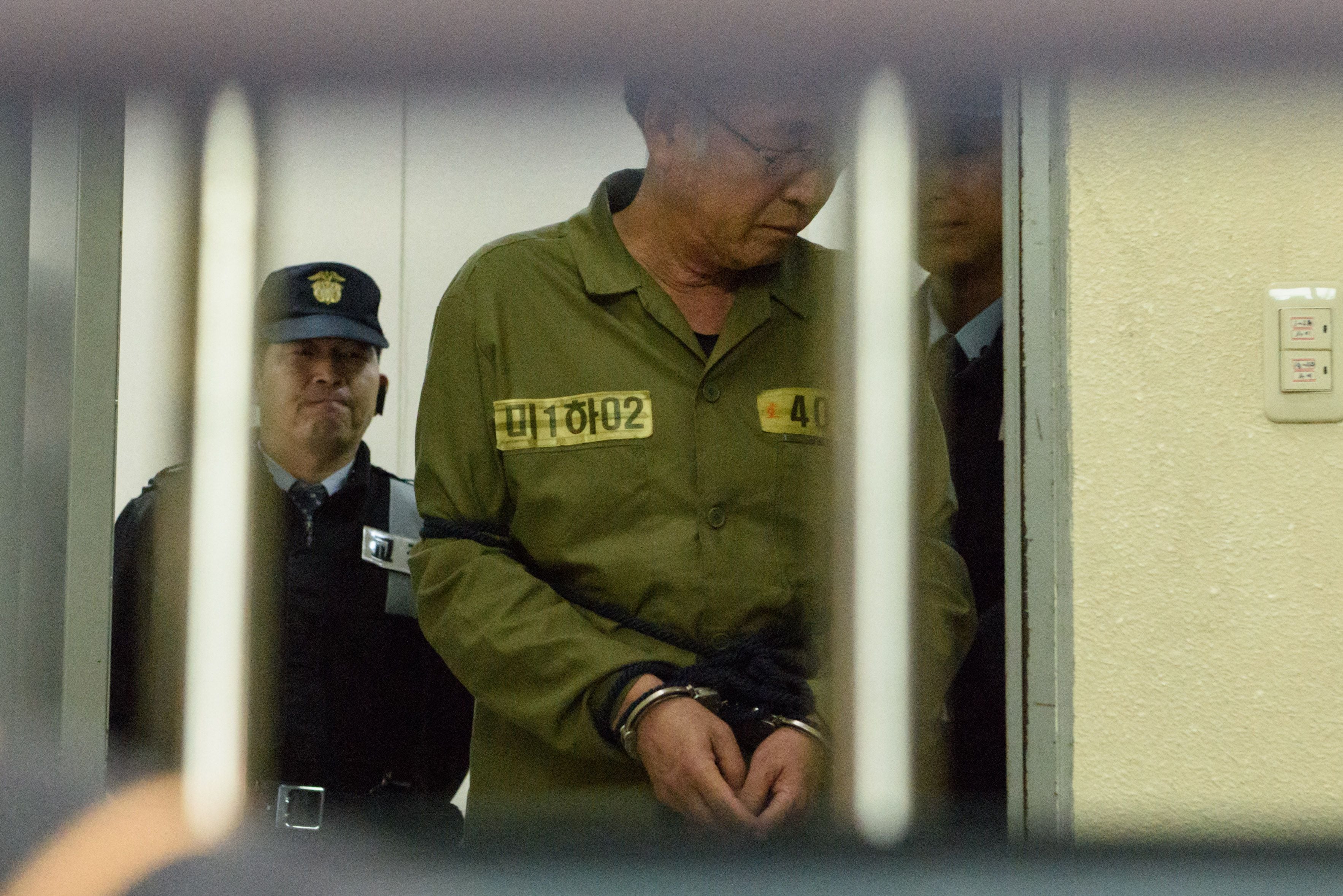On April 16, 2014, the ferry Sewol sank off the coast of South Korea with 476 people on board, of which 304 died. Most of the victims were high school students. This Tuesday, 10 years after the tragedy, family members of the deceased and survivors commemorated the date with several events and the demand for justice.
According to the EFE agency, the biggest event took place in Ansanin the center of the country, where many of the 304 victims came from, of which 250 were secondary school students from the Danwon Middle Schoollocated in that municipality, which carried out a year-end trip.
LOOK: What is known about Iran’s military power and its secret nuclear program
In addition to observing a minute of silence, The names of the 304 fatal victims were read.
The president of April 16 Foundationcreated to support victims, Kim Gwang-junrequired that many of the lessons learned from the tragedy be implemented, EFE indicated.
“Ten years should have been enough to apply the lessons of the Sewol ferry disaster, but unfortunately it seems that as a society we wasted this decade,” he said.
The victims’ families demanded once again that the State disclose information about what happened that remains on file and officially apologize to them for their negligence.
LOOK: How did Israel and its allies intercept more than 300 missiles and drones launched by Iran?
“The State must admit its mistakes and apologize”, said Park Seung-ryul, representative of the Sewol Disaster Coalitionat a press conference.
“We live in hell. But at the same time, in these ten years we have also thought that no citizen should go through this,” said Kim Jong-ki, a member of the association. Families for the truth about the Sewol tragedy and a safer society and whose daughter Kim Soo-jin died aboard the ferry at 18 years old.
South Korean President Yoon Seok-yeol did not attend the ceremony held in Ansanalthough he expressed his condolences to the family.

On April 16, 2014, the Sewol Ferrywhich covered a route between the port of Incheonnear Seoul, and in the south of the island of Jeju, turned. A total of 304 people died, including 250 high school students who They obeyed the order to remain in their cabins.
According to witnesses, When the ship began to list, no one ran or screamed., as people were just waiting for instructions from the intercom. Minutes earlier, they were told to stay where they were.
“Suddenly the ferry It began to tilt and sink. Containers began to fall into the sea. That’s when I realized it was going to capsize,” the crew member told BBC Mundo. Choi Eun-su. “I was holding on to the handrail. I tried to help some of the students who were in the cafeteria kneeling near the cash register, but they kept slipping. “We tried to get them out with the help of a fire hose, but it was very difficult to rescue them,” she added.
He said a friend managed to save a six-year-old girl after her parents and a group of passengers helped her to the deck, close to where she was. choi.
The witness described them as “the bravest of all”. However, none of them survived the tragedy: Choi saw how the water carried them away.
As the situation worsened, the captain Lee Jun-seok and the rest of the crew tried to make emergency calls.
The American magazine The New Yorker reported that at 8:52 am, an operator asked a passenger for the exact location of the ship; However, he didn’t know how to respond.
It was not until 9:20 a.m. that a transport officer urged the captain to announce the start of the evacuation plan. But Lee Jun-seok He did not act immediately. He waited another ten minutes to give the order which, according to the survivors, never reached his ears.
Furthermore, it was too late because the boat was tilting too much.

“When the ship turned sideways, most victims were trapped in their cabins because the captain ordered them over the public address system not to move and to wait for the rescue boats to arrive,” according to the Spanish newspaper ABC.
Then the worst came. When the situation was at its limit and the overthrow of the ferry It was inevitable, the captain Lee Jun-seok and 14 crew members abandoned the Sewol on the first coast guard boat that arrived.
The image was registered among public opinion of the captain jumping in his underwear towards the Coast Guard, while hundreds of children bang on the windows of the ferry in an attempt to attract the attention of authorities so they can be rescued.
Amid despair, many passengers decided to jump into the sea.

After being detained, Captain Lee apologized to the South Korean peoplebut defended his decision to wait half an hour before ordering an evacuation.
“The current was very strong and the water very cold and I thought that if people left the ferry foolishly, even with or without a life jacket, they can be swept away by the waves and face many other difficulties,” said the captain.
“Rescue boats had not arrived nor were there any other commercial vessels nearby at the time,” he added.
Subsequent investigations showed that the Sewol was overloadedas it exceeded its maximum capacity.
It wasn’t the first time this happened, 13 months ago he exceeded his limit, but on the day of the tragedy he was more overwhelmed than ever.
“On his last trip, was carrying twice the legal load limitafter having dumped most of the ballast water that would have helped to stabilize it,” according to The New York Times.

According to a report from the AP agency, The disaster exposed huge security gaps in the surveillance of passenger ships in South Korea.
Even regulatory bodies had enough information to conclude that the Sewol it was routinely overloadedbut because they were not obliged to share the information and nothing was done to stop it.
The information was provided only to the company that owns the ship, Chonghaejin Marine Co. Neither the Coast Guard nor the Korean Maritime Association, which regulates and supervises the arrival and departure of domestic passenger ships, were aware of the reports.

One year after the tragedy, South Korean justice sentenced the captain to life in prison.
The Gwangju Court of Appeal declared Lee Jun-seok guilty of murder.
In the first instance, in November 2014, the captain was acquitted of murder and sentenced to 36 years in prison for serious violations of his duties as an officer. The families and the Public Ministry appealed.
Prosecutors demanded the death penalty for the captain for abandoning passengers knowing they would die.

“Captain Lee’s irresponsible actions caused the deaths of young students who died without realizing their dreams (…) and inflicted irreparable wounds on their families,” said the court in its considerations, collected by the Yonhap agency.
In June 2014, the director of the company that owned the Sewol He was sentenced to ten years in prison.
Kim Han-Sik, CEO of Chonghaejin Marine Co, was found guilty of manslaughter.
The Gwangju court held him responsible for frequently allowing the ship to sail overloaded and allowing expansion work that weakened the ship’s buoyancy.
Together with the general director, ten more people were tried, including six employees, of whom one was acquitted and another nine were sentenced to various sentences, from suspended imprisonment to six years in prison.
Source: Elcomercio
I am Jack Morton and I work in 24 News Recorder. I mostly cover world news and I have also authored 24 news recorder. I find this work highly interesting and it allows me to keep up with current events happening around the world.

:quality(75)/cloudfront-us-east-1.images.arcpublishing.com/elcomercio/ODTJ3AIHV5GERMM2QOVRQLXPTQ.jpg)

:quality(75)/cloudfront-us-east-1.images.arcpublishing.com/elcomercio/DILO5MZHZFHH7GJ6ST2EQJCKBA.jpg)
:quality(75)/cloudfront-us-east-1.images.arcpublishing.com/elcomercio/Z2AK2LPXMZGPHBVGFRPYT6XQPY.jpg)
:quality(75)/cloudfront-us-east-1.images.arcpublishing.com/elcomercio/D6OAAR7IYVAOTO3UPYB4RJMWSQ.jpg)
:quality(75)/cloudfront-us-east-1.images.arcpublishing.com/elcomercio/SO7RGCVHW5DRZLPAKD7AES53HU.png)
